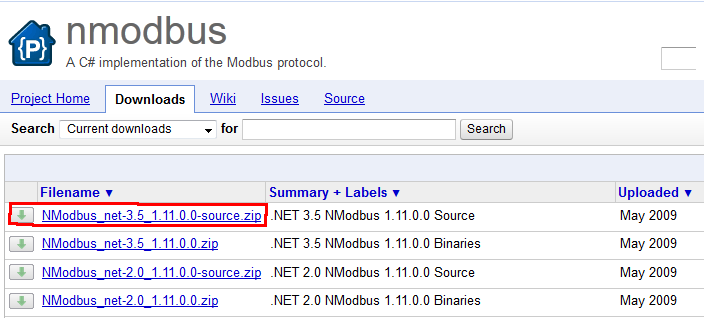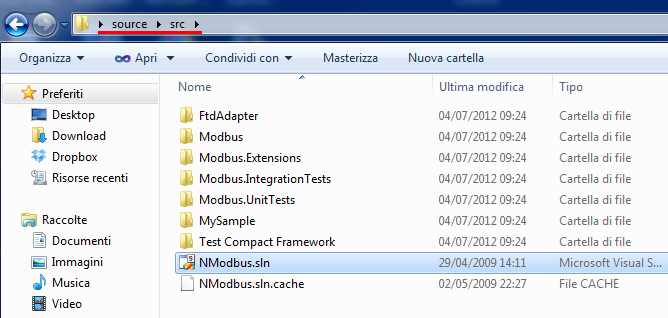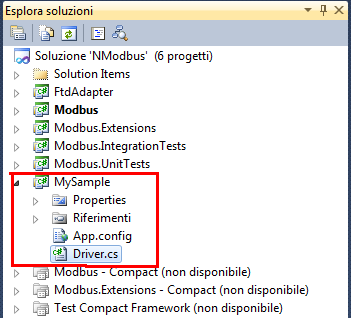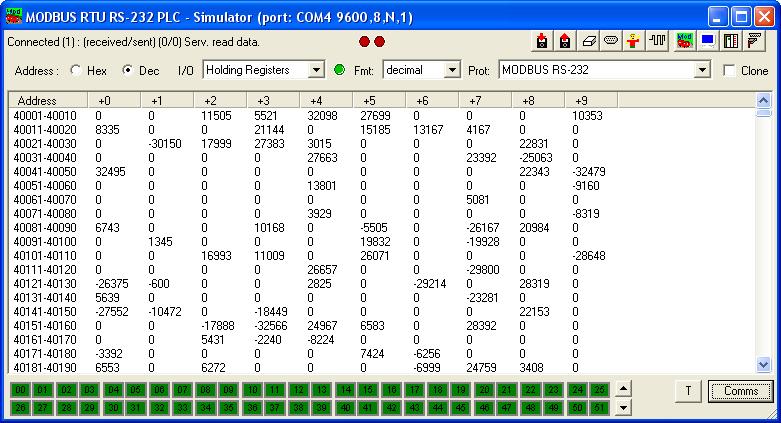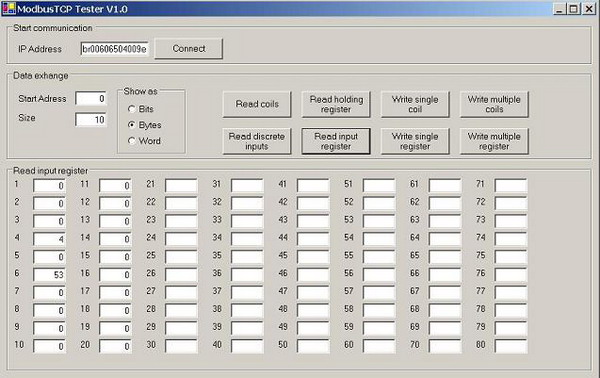If you are a WordPress user, then you definitely know the importance of keeping backup copies of our files and database because there is always a risk of losing your data. How? your site might get hack (WordPress security level or server security level). What’s worst? You could lose all the files and databases. There are a lot of ways to strengthen your WordPress blog’s security but we still think one of the best way is to backup regularly so that you can re-install your files or content and roll backed to your post in no time if the site is compromised.

Here, we have chosen some of the plugins and services which can be helpful in terms of backing up your WordPress files and databases. Full list after jump.
WordPress Plugins
These plugins are used to take a back up of your critical data, files, tables and save them to your archives or any of the online storage for free or for a nominal price. Schedule the storage automatically and manage your entire database with these.
WP-DB-Backup
WP-DB-Backup plugin creates a backup of your core database tables and also other tables in the database and gives you an option of saving your back up data either to your server or download to your computer or save get you backup file e-mailed to you.

Bei Fen – Backup Plugin
Bei Fen backup plugin gives you the choice of taking a backup of either your complete WordPress installation or only the files or only your database and the backups can be restored with a single click.

WP Time Machine
This plugin creates an archive of your files and uploads and data and provides a connection to any of the free online storages like Dropbox, or Amazons AWS S3 and also to an FTP. You could exclude your cache directories or some of your MySQL tables which don’t start with your table prefix.

WordPress Backup
WordPress Backup plugin is used to zip your back up your images, current theme directory and your plugin directory.

WP S3 Backup
With WP S3 Backups take a backup of the parts automatically and install them to Amazon S3, a service to safeguard your important files at a comparatively lesser price.

WordPress DB Manager
A complete plugin to optimize, repair, backup, restore, and delete the backup database and also to run your queries is offered by WP-DB Manager. Also manages the automatic scheduling of the back-up and manages your whole database.

WordPress EZ Backup
An administrator plugin WordPress EZ Backup create backup archives of your entire site, archives of any MySQL database chosen by you. You can view the Live log file of your backup procedure. Has an interactive Help & Auto Settings of your web server configuration.

DBC Backup Plugin
DBC Backup plugin schedules daily database backups with the wp cron system where your backup file is protected by a small hash key and are transferred to an export directory, .ht access and an imdex.html file. You can compress your backup as Gzip or Bzip2.

BackWPup
Other than taking a backup of your WordPress Blog database and files, BackWPup plugin optimizes checks & repairs the database, stores the backup either to Folder, FTP Server, Amazon S3, RackSpaceClous and sends a log or backup via e-mail.

Online Storages
Taking a backup of your data means storing it in a secure place which should also retrieves your data at a much faster rate. These online storage options helps you keep a check on your data where you can share, upload and edit your files.
Dropbox
Sync your files or your WordPress data of any size online automatically and also when new changes and files are detected and store them on Dropbox’s secure servers. Share and control the access of your files with other people. Get a storage space of 2GB for free and up to 100 GB for premium usage.

IDrive
IDrive offers you the facilities of Automatic and Continuous Backup, True Archiving, Versioning, Mapped Drive Backup and more with an online backup space of 2GB for free in IDrive Basic Package and a space of 150 – 500 GB for premium users and a 50GB pack for multiple users for Business under the IDrive Pro package.

Humyo
Humyo offers a free online storage space of 5GB for media files and 5GB for non-media files where you can access these via web only, but once you upgrade your account to Premium one, you get 100 GB storage along with automatic backup, sharing, uploading & downloading files, access via web, phone, PC, extra secure SSL encryption at a price of $69.99 per year.

Binfire
Binfire offers File hosting, Collaboration and Project Management site in its free version with 10GB storage space, file uploads of 200 MB, Private & Project web folder, File locking, Member permissions, Whiteboards, Status reports, Intuitive tasks & Milestones for projects and more.

Backup Services
The Backup services take a backup of your blog, and store them securely and restore them in case of a crash and provide you with many other services like upgrading your versions, giving you the authority of controlling your data, migrating to a new server and more.
BlogVault
blogVault creates a backup of your blog which includes the full posts, comments, images, plugins, themes and style sheets by copying them into its secure and robust servers which lets you restore the contents any time easily.

Backupify
Backupify is a service to backup your archives, cloud accounts, SaaS data, WordPress data and social media files on a daily basis to the Amazon S3 cloud with great security and a data duplication policy. You could not only backup your data but also control your data independently.

Backup Buddy
Backup Buddy schedules and backs up your data to Amazon S3 server or an e-mail or an FTP / FTPS account, Restore your WordPress site with your themes, widgets, plugins etc., on the same server or migrate it to a new server with a new name and domain like Sandbox or Playground site. Upgrade your newer versions of the plugin in WP Dashboard

Online Backup For WordPress
Backup Technology specializes in online backup and disaster recovery and provides on-demand backup through an enterprise level backup service where the data is highly encrypted and compressed and stored in a secure data centre. Provides you an online backup of 50 MB for free with the facilities of locked and email backups.

VaultPress
VaultPress safeguards everything from our plugins, themes, comments, post-revisions with WordPress multi-cloud backups. Updates your blog with hot – fixes and protects them with zero-day vulnerabilities.

MyEASYBackup
myEASYbackup plugin performs a backup by creating a single file called dataset which compresses the data in a .zip file format and saves them outside WordPress installation directory. You could download, upload and delete your data sets.

via: http://www.hongkiat.com/blog/wordpress-database-and-files-backup-solutions-best-of/
